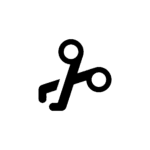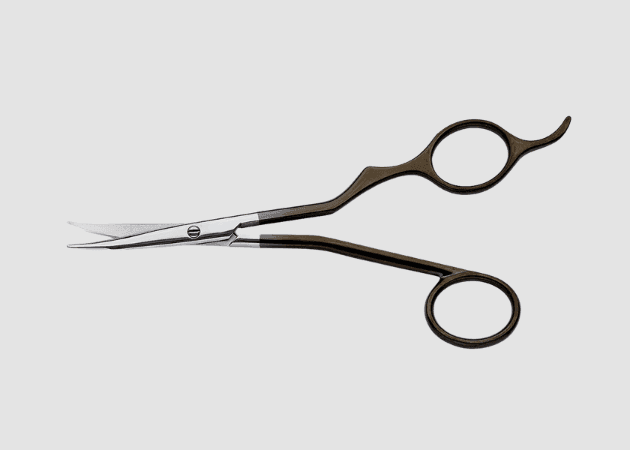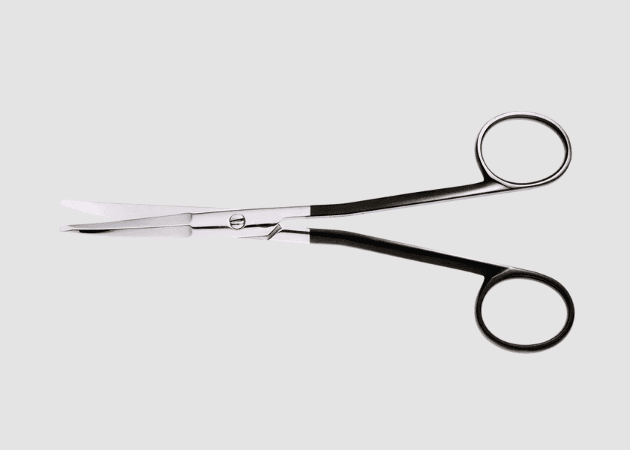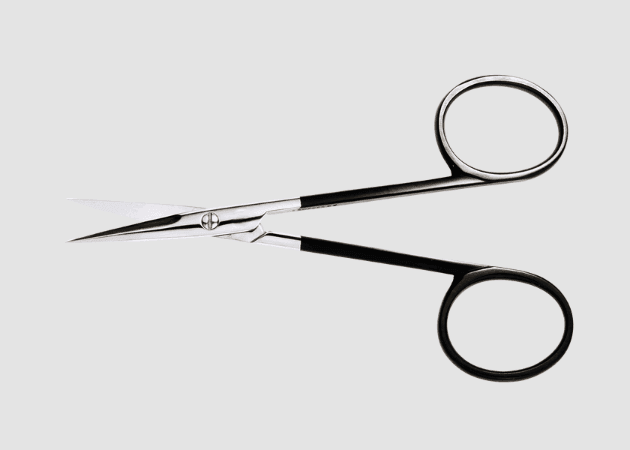Schnidt Artery Forceps
- Multiple Sizes Available
- Curved and Serrated Jaws
- Locking Mechanism
- Handle Variations
- Surgical-Grade Stainless Steel
Surgeons employ Schnidt Artery Forceps to clamp delicate blood arteries and tissues during complex surgical operations. These forceps have long, narrow jaws that provide access to deep or limited anatomical regions. Furthermore, small longitudinal serrations run along the jaws, ensuring a firm, non-traumatic grasp that reduces tissue injury. These forceps come in a variety of lengths and curvatures, making them suitable for a wide range of surgical applications. Furthermore, a strong ratchet mechanism secures the jaws, allowing surgeons to apply consistent pressure.
Craftsmen forge Schnidt Artery Forceps from high-quality surgical stainless steel to assure their outstanding durability. Furthermore, these forceps remain corrosion-free even after repeated sterilization, making them extremely trustworthy. The tiny serrations provide maximum grip while minimizing tissue harm. Furthermore, ergonomic finger rings improve comfort, allowing surgeons to maintain accurate control while reducing hand fatigue during delicate procedures. The forceps’ slim shape also allows for easier navigation through complicated anatomical systems.
These forceps are essential tools in neurosurgery, plastic surgery, and vascular treatments. Specifically, surgeons employ them to produce accurate hemostasis by pinching tiny blood arteries, so efficiently stopping bleeding. They also help to manipulate fragile tissues during dissections and secure thin sutures. These forceps are crucial in difficult surgeries because of their long, thin shape, which allows for deep tissue access.
Medic Instrument assures the quality and dependability of its surgical tools. These forceps go through a thorough quality check to ensure excellent functioning. Furthermore, the firm focuses on precise engineering and high-quality materials, giving surgeons reliable equipment that matches industry standards.
Can surgeons use these Forceps for minimally invasive surgical procedures?
Yes, surgeons frequently utilize longer versions of these forceps in minimally invasive procedures, including laparoscopic and endoscopic surgeries. However, selecting the appropriate length and curvature is essential to ensure compatibility with specific instruments and anatomical sites.


At Medic Instrument, we ensure your order is handled with care and shipped as quickly as possible. All orders are processed and dispatched within 2 business days of confirmation. You will receive a shipping notification along with tracking details to keep you updated on your delivery’s progress.
Delivery Options
We partner with trusted carriers to deliver your order securely. Our shipping options are designed to provide flexibility, ensuring a smooth and reliable experience from order confirmation to final delivery.
International Shipping:
We offer global delivery services. Please note that customs duties or taxes may apply on international shipments and will be the responsibility of the recipient.
For further assistance with shipping or returns, please review our Return Policy.
Inquire About This Product
Have questions or need more details? Fill out the form below, and we'll get back to you with all the information you need!

















